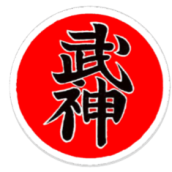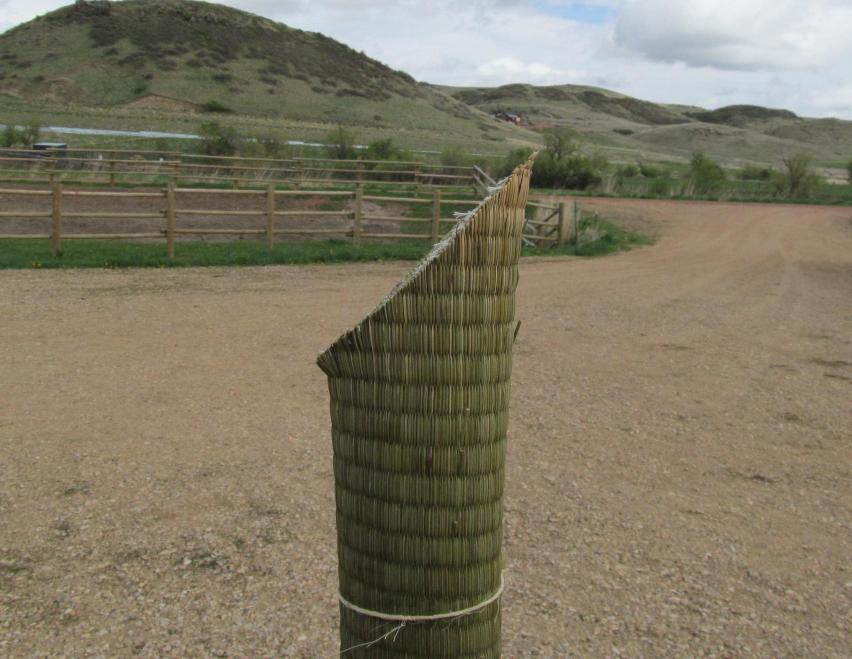

Training

Training in the Bujinkan involves training in classical weaponry (spear, sword, halberd, and other weapons), as well as empty handed combative techniques. All the techniques stem from the nine schools encompassed by the Bujinkan organization. Additionally, history, philosophy, strategy (Hei-ho), and other areas of knowledge are covered.
Class starts and ends with rei-ho, which may involve a formal ceremony or a less formal bowing to one another to maintain a sense of respect and honoring of the traditions. The primary mode of transmission in classical martial arts is to copy what the teacher shows. The teacher will show the technique several times. The students will copy what they have seen. The teacher comments on what he or she observes and shows the technique again. The students copy, hopefully better, and so it goes.
The traditional teaching model in Japan is Shu, Ha, Ri, and describes three inter-related levels of learning. Shu is the first level and is just learning the rote components or concepts of a subject. Think about learning your alphabet or how to count. Ha is the middle level of understanding, you can spell words, compose simple sentences, write an essay or perform arithmetic or algebra. Ri is a level of more complete understanding. The student can compose a thesis or do complex mathematics such as calculus.
Even within a single technique there can be multiple levels. Shu, ha, ri can relate to the layers of understanding for those essential building blocks (kisso). Classical budo (martial arts) are complex. They do not depend on the same things as other types of physical practice such as raw speed or strength. Not that strength or speed cannot be helpful, but they are seen as being of least importance.
In Bujinkan training, the student strives to understand the proper structure and sequence of movement. It is not something one can do by simply grinding through repetitions. It requires astute observation of oneself, and perseverance of practice. One has to have a stomach for failure and being wrong. This perseverance in training is known as tanren (forging or tempering), and it is much more than just being tough in the short run. Budo is a journey, and not a destination.
